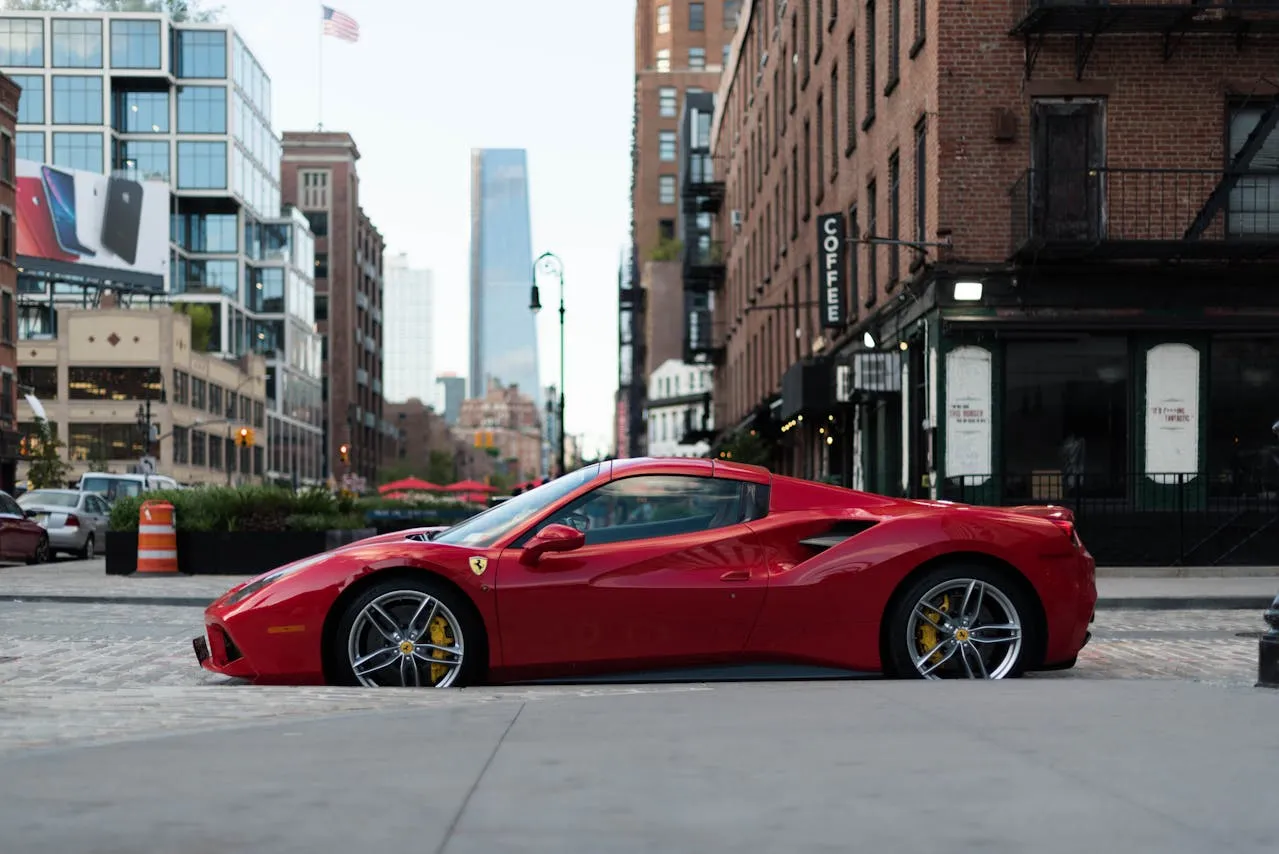
Ferrari’s Unsung Hero: The Legacy of the V6 Engine
When people think of Ferrari, the thunderous symphony of a V12 engine often comes to mind. The marque has built its legend on the back of those 12-cylinder marvels, revered for their power and operatic exhaust notes. Yet, beneath that popular perception lies a quieter, more compact hero—the V6. Though not as widely celebrated, the V6 engine has played a pivotal role in Ferrari’s history and engineering evolution, with a deeply emotional backstory intertwined with the legacy of Enzo Ferrari’s only son.
Alfredo “Dino” Ferrari was not only Enzo’s son but also a gifted engineer with a clear technical vision for the brand’s future. Tragically, Dino’s life was cut short by muscular dystrophy in 1956 at just 24 years old. But even during his final days, Dino continued to contribute to Ferrari’s technical roadmap. From his hospital bed, he collaborated with legendary Ferrari engineer Vittorio Jano—himself a grieving father who had lost his son years earlier—to develop a new engine that could meet Formula 2 regulations. The result of this poignant collaboration was the first Ferrari V6, a 1.5-liter unit that would soon become a cornerstone of the company’s racing efforts.
The debut of this engine came in the elegant Dino 156 F2. In 1957, driver Luigi Musso delivered a third-place finish at the Naples Grand Prix, followed by strong performances in other events like the Modena GP. As with all Ferrari engines, evolution was swift: the V6’s displacement grew, eventually reaching 2.4 liters (2,417cc), which qualified it for Formula One competition. That same year, the newly christened Ferrari 246 F1 made history—it became the first car powered by a V6 engine to win a Formula One Grand Prix. Mike Hawthorn clinched victory at the 1958 French GP, a bittersweet moment marked by the tragic loss of Musso during the same race. Hawthorn would go on to win the World Championship, solidifying the V6’s place in Ferrari’s racing heritage.
Although Enzo Ferrari famously remarked, “The ox pulls the cart, it doesn’t push it,” to express his skepticism of mid-engined cars, he eventually conceded that placing the engine behind the driver was the future of racing. In 1960, Ferrari fielded a mid-engine prototype in the Monaco Grand Prix, driven by Wolfgang von Trips. This prototype featured the same 65-degree, 2.5-liter V6 that had already brought Ferrari numerous victories. Later that year, a revised version using a 1.5-liter configuration won its class at the Italian GP.
The real breakthrough came in 1961 with the introduction of the iconic Ferrari 156 “Sharknose.” Designed by Carlo Chiti, the Sharknose represented a leap forward in both aerodynamics and mechanical innovation. Its 120-degree V6 engine sat lower in the chassis, reducing the car’s center of gravity and enhancing handling. V6 engines offer additional benefits: they are generally lighter, shorter, and more structurally cohesive than larger V8 or V12 units. Phil Hill, a thoughtful and cerebral driver, steered the 156 to a World Championship victory that year, cementing the V6 as a competitive force in top-tier motorsport.
Ferrari’s V6 engine continued to feature prominently in Formula One until 1963, after which the team transitioned to a V8 engine. But the V6 wasn’t finished yet—it remained a fixture in Ferrari’s sports car program. The compact powertrain found new life in machines like the Dino 196 S (1958), the 246 S (1960), and the jewel-like 206 SP of 1965. These cars excelled in hill climbs and endurance races such as the Targa Florio, valued for their agility and responsiveness. Only 18 examples of the 206 SP were made, making it a collector’s dream today.
The legacy of the V6 took another monumental step forward in 1967 with the launch of the Dino 206 GT road car. Though it didn’t carry the Ferrari badge, the car was very much a product of Maranello’s DNA. Enzo Ferrari initially hesitated to adopt a mid-engine layout for road cars, fearing it would be too complex for regular drivers. However, a series of stunning concept cars from Pininfarina helped pave the way. The 206 GT, and later the 246 GT, were marvels of design and performance. While they looked similar at a glance, they differed significantly in character and capability. The larger 2.4-liter engine in the 246 required high revs to unleash its full potential, producing a vivid and unforgettable driving experience. Just 150 units of the 206 GT were built, compared to more than 3,500 of the 246 GT, giving the former an added rarity and mystique.
After the Dino era, the V6 disappeared from Ferrari’s road cars for decades—until its triumphant return in 2022 with the launch of the Ferrari 296 GTB. This modern marvel reimagines the V6 for the hybrid era, pairing a 3.0-liter, 120-degree V6 with an electric motor and 7.45 kWh battery. The combined system produces an astonishing 830 horsepower (cv), drawing on lessons learned from Ferrari’s Formula One hybrid powertrains. The result is a machine that demonstrates how far the V6 has come—compact, powerful, and immensely efficient.
The story doesn’t end there. Ferrari’s newest hypercar, the F80, also embraces the V6 philosophy. Its engine shares DNA with Ferrari’s World Endurance Championship (WEC) program and has powered the team to victories at Le Mans. Seven decades after the first Dino V6 roared to life, the smallest engine in Ferrari’s lineup is now responsible for delivering the most extreme performance ever seen in a Ferrari road car.
From a dying son’s vision to world championship glory and cutting-edge hybrid supercars, the V6 has quietly—and consistently—shaped Ferrari’s identity. It’s time we recognized it not just as a technical footnote, but as one of the brand’s true icons.




